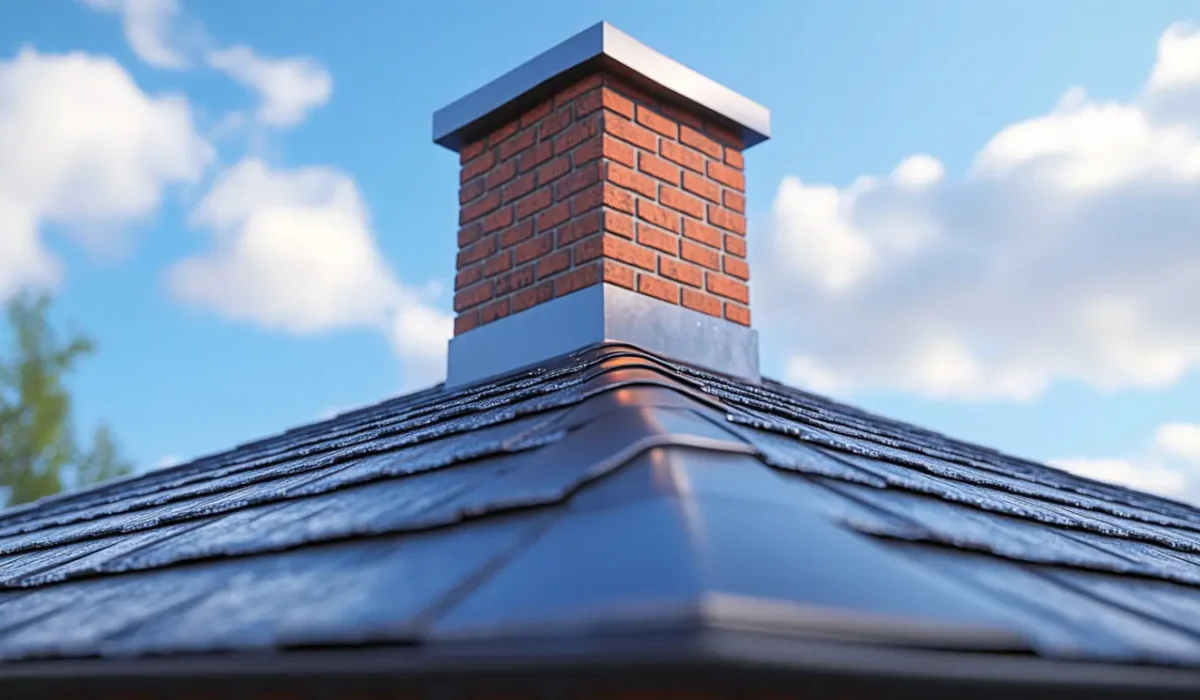Roof flashing might not be the most visible component of a roofing system, but it’s one of the most essential. For commercial buildings in Raleigh, NC, where fluctuating weather conditions can bring heavy rain, high winds, and rapid temperature swings, properly installed flashing is critical to preventing leaks and protecting structural integrity. Whether you’re planning a new roof or upgrading an older system, understanding what flashing is and why it matters can help you make smarter decisions for your property.
In short: no commercial roof is complete—or secure—without flashing.
What Is Roof Flashing?
Roof flashing is a thin layer of metal or other water-resistant material installed at critical junctions on a roof. It acts as a barrier to prevent water from penetrating the roofing system at vulnerable points such as:
- Roof edges
- Wall intersections
- Valleys
- Around chimneys, skylights, HVAC units, and vents
- Where the roof meets vertical surfaces (e.g., parapet walls)
Common flashing materials include galvanized steel, aluminum, and copper, chosen for their durability and resistance to corrosion.
Why Flashing Is Crucial for Leak Prevention
Flashing is your first line of defense against water intrusion. Without it, water can seep into seams, joints, or fastener penetrations—leading to rot, mold, and insulation damage. In commercial buildings, where HVAC systems and plumbing vents are often installed on flat or low-slope roofs, the number of potential leak points is even higher.
When flashing is correctly installed and sealed, it channels water away from these points and into the proper drainage system.
Flashing and Structural Longevity
Improper or missing flashing doesn’t just cause leaks—it accelerates deterioration. Water entering the building envelope can damage framing, insulation, and electrical systems. Over time, this kind of moisture damage compromises the building’s structural integrity and can lead to expensive repairs or code violations.
In climates like Raleigh, where humidity levels can spike during summer and rainfall is frequent in spring and fall, ensuring watertight protection is not optional—it’s essential.
Professional Installation Makes All the Difference
Flashing installation requires precision. Poorly cut, placed, or sealed flashing will not perform as intended—and often fails within months. This is especially true in complex roof designs with multiple penetrations or where older systems are being retrofitted.
A certified contractor like Rhino Roofing ensures that all flashing is installed to manufacturer and code standards. Serving Raleigh, NC, Rhino Roofing brings years of experience to both new installations and commercial roof upgrades, ensuring durable performance and leak-free operation.
Trusted Brands for Trusted Protection
Rhino Roofing uses materials and systems from top manufacturers like GAF, Owens Corning, and CertainTeed. These brands offer flashing components that integrate seamlessly with their full roofing systems, allowing for comprehensive warranties and extended durability.
Whether it’s step flashing, counter flashing, or drip edge installation, Rhino Roofing ensures that every detail is handled with care and expertise.
Routine Inspections Help Prevent Flashing Failure
Like any roofing component, flashing can wear down over time. Seasonal temperature changes cause expansion and contraction, and UV exposure can degrade sealants. That’s why regular roof inspections are essential.
During an inspection, a professional roofer will:
- Check for lifted or corroded flashing
- Reseal joints where caulking has failed
- Ensure that flashing is correctly directing water into drains
Routine maintenance keeps your roof performing at its best—and helps avoid costly surprises.
The Bigger Picture: Ventilation and Moisture Control
Flashing isn’t the only component that protects your roof from moisture. Proper ventilation also plays a vital role by preventing condensation buildup, which can occur even without external leaks. Without proper airflow, warm interior air can rise, condense on the underside of the roof, and cause internal moisture issues.
To better understand how this works, read also our blog: How to Spot Roof Heat Damage



